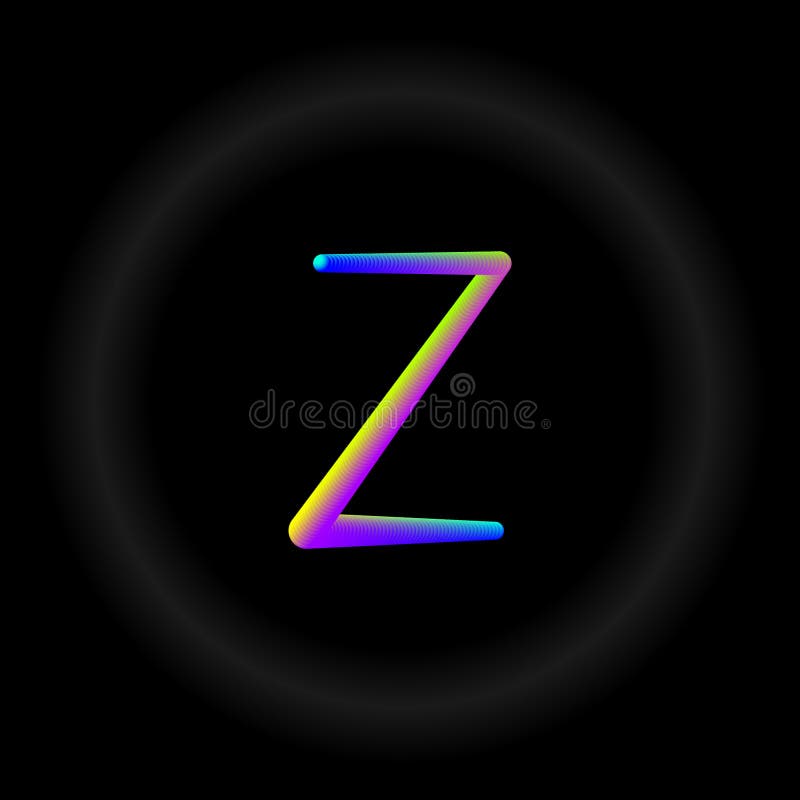

The Layout tab of the Page Setup dialog box is the place to start arranging complex headers and footers.įigure 4-19. The following illustration shows the footer of. To add page numbers to your Word document, switch over to the Insert tab on the Ribbon and then click the Page Number button in the Header & Footer section. Scroll through the document and observe the footer areas. On the Insert tab, in the Header & Footer group, click Footer.
Scroll to the first page by clickingOr you can add just a page number from the gallery. Under the Headers and footers group, select Different odd and even AND Different first page. Click the "Link to Previous" button on the Header and Footer toolbar (see Figure 4-19) to break the link with the previous section, and then create the new header or footer for the section you're in. If youre very new to LO, read at least the built-in help about page styles. On page six you want to change the header to 'Chapter One.' Insert the section break on page five by clicking the 'Page Layout' tab then. For example, your report's introduction header may contain your the title 'Introduction' on pages two through five.


By default, each section after the first picks up the header and footer from the first section (assuming that section has a header and footer). Insert a section break on the page before you wish to change the header information. Each section can then have its own header and footer. But what you'll often need to do is divide your document into sections (by using Insert » Break). If different headers on the first page or on odd and even pages is all you need, close the Page Setup dialog box, choose View » Header and Footer, and enter suitable text. (This box is also useful when you want headers and footers on every page except the first.) Check the "Different odd and even" box to use different headers or footers on facing pages, as is done in most books. Anything that you type into a header or a footer will show on each page of. Check the "Different first page" box if you just want a different header or footer on the first page. Headers show at the top of each page and footers show at the bottom of each page. Word's headers and footers are plenty confusing to start with, but once you've learned what the different options are and where they hide, you can create a wide range of headers and footers.Ĭhoose File » Page Setup and click the Layout tab (see Figure 4-18). (This box is also useful when you want headers and footers on every page except the first.) Check the 'Different odd and even' box to use different headers or footers on.
#Different headers on each page word 2013 code#
Here is a code sample that works: worddoc Nothing WordApp New word.Application worddoc wordsec worddoc.Sections(1) wordsec.Headers().Range.Text 'Header for section 1' .SeekView WdSeekView. Check the 'Different first page' box if you just want a different header or footer on the first page. I found the answer by referring to my old VB6 code. I need to use different headers on different pages, but I can't find the options I need. Choose File Page Setup and click the Layout tab (see Figure 4-18 ).


 0 kommentar(er)
0 kommentar(er)
